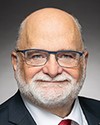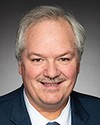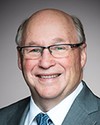On the masks, Mr. Chair, I think this is something that I have a bias for. When you look at the experiences of other countries, especially in Asia, you can see that this is something that has been imposed and perhaps is part of the culture to a certain extent. The reality is that with our incoherent message on masks it has been hard to foster compliance, and now we want to be stronger on the message and it's difficult to implement.
Yes, my personal view, which is not based on more than my personal view, is that in public transport or closed public spaces the mandatory use of masks might be helpful. Nothing is perfect. In this kind of scenario, with an unprecedented pandemic, we're always going to deal with imperfect solutions to implement. That's normal, and we need to accept that. Masks are not a magic wand, but they will contribute. They might decrease this by only 10% or 15%, but they will decrease it, and that would be helpful.




